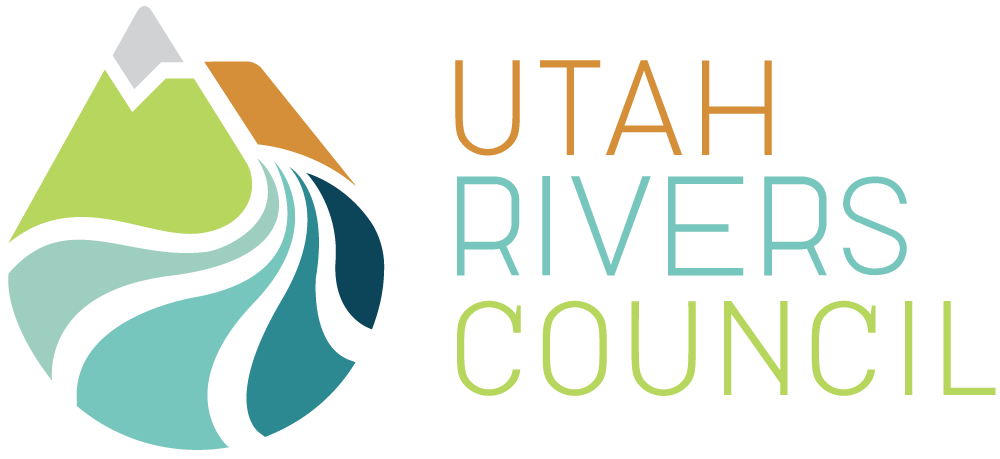The Great Salt Lake is a priceless treasure and the largest remaining wetland ecosystem in the American West with some 500,000 acres of wetlands supporting a robust ecosystem. The Lake is the country’s largest lake outside the Great Lakes System and home to 12 million individual birds from over 330 species traveling across the globe. Some bird species gather at the Great Salt Lake in larger numbers than anywhere else in the world.
Today, the Great Salt Lake is in crisis. Upstream water diversions have resulted in record low lake levels. Raising Great Salt Lake water levels to 4,200 feet above sea level will sustain these birds and the $1.3 billion Lake economy.
The Problem. After decades of upstream water diversions and climate change-driven aridification in the headwater systems feeding the Great Salt Lake, lake levels have declined dramatically. In 2022, Great Salt Lake levels dropped to their lowest point in recorded history, reducing the lake’s surface area by nearly 40% and eliminating vast acreages of wetland habitat. This decline has left sailboat marinas grounded on the dry lakebed, imperiled local industries dependent on the lake, and exposed millions of adjacent residents to lakebed dust storms carrying toxic arsenic compounds linked to severe pulmonary illnesses.
Utah’s chronic municipal water waste is fueling the advancement of new water diversions of the Lake’s precious tributaries, most notably on the largest water source to the Lake-- the Bear River. Proposed Bear River Development would send nearly 40% of the Bear River’s surface water down sterile canals to provide yet more water to the lawns of the metropolitan Wasatch Front. It is believed the proposed diversion would lower the Great Salt Lake several more feet in elevation.
Urban Utahns rank #1 in America for highest municipal water use per person, largely because Utah has America’s cheapest municipal water rates. Urban Utah also has America’s largest secondary water system, a relic of the region’s agricultural canals which are now used to flood irrigate suburban lawns. It has been estimated that the volume of secondary water applied to Utah’s lawns exceeds the total volume used by Las Vegas’ 2.5 million residents-- in an entire year.
Despite Utah’s startling water use numbers, the Utah statehouse has resisted efforts to conserve water instead of implementing water conservation technologies, policies and incentives to lower water demand. Powerful statehouse lobbyists have spent decades killing water conservation legislation run by both Democrats and Republicans, ensuring nothing threatens the justification for spending $3 billion on proposed Bear River Development. Dozens of water conservation bills have been defeated by the lobbyists promoting this destructive water project over the last two decades.
Their work to defeat meaningful legislation from passing the Utah Legislature continues to this day.
Scientists and researchers say the minimum elevation the Lake should be at to function properly is 4198 feet.
Currently, the Lake is 8 feet below this minimum healthy level.
Image from “Emergency Measures Needed to Rescue Great Salt Lake from Ongoing Collapse” Abbott et al. (2023).
The Solution. “Save the Great Salt Lake” is an easy slogan, but what does saving the lake mean in practice?
Today, the state of Utah lacks a tangible goal to restore the Great Salt Lake to healthy water levels. Several credible scientific studies estimate that the minimum healthy level for the Great Salt Lake is 4198 feet, 7 feet higher than current levels as of November 2025. Restoring water levels to this elevation from the historic low in 2022 would require adding some 8 million acre-feet of water, a volume which –to illustrate the striking scale of action needed-- equates to more than four years’ worth of all human water use within the Great Salt Lake watershed.
Raising Great Salt Lake levels will require a dedicated combination of permanent funding, water conservation programming and incentives, robust water transfer policies and an array of leadership incentives, which must be implemented over at least 10 straight years. Fortunately, similar policies and programs have driven success in other U.S. cities and regions, in some cases through decades of common practice.
The first step for Utah is to establish an elevation goal to raise the Great Salt Lake’s surface elevation to 4198 feet; the minimum healthy water level determined by researchers. Once this restoration goal is established, a plan to deliver the necessary water to the lake must be devised. The plan will require creation of a water delivery budget, much like a banker calculates a mortgage for a lender: the repayment period of water for the Lake must be determined, and the water for repayment sourced from municipal water demand reductions and farmland water transfers through voluntary buyout programs. This is an attainable goal, and implementation is possible through simple hard work and dedication over time.
However, new water diversions, most notably proposed Bear River Development, must be permanently abandoned to ensure the Great Salt Lake can continue to support the colorful array of avian species and vibrant human communities that bless its shorelines. Only through courageous leadership—and disavowal of the special interests seeking $3 billion in taxpayer spending for this project-- can we protect the ecological and economic benefits the lake provides, including air quality for the 2.5+ million people within the airshed of the Great Salt Lake.


